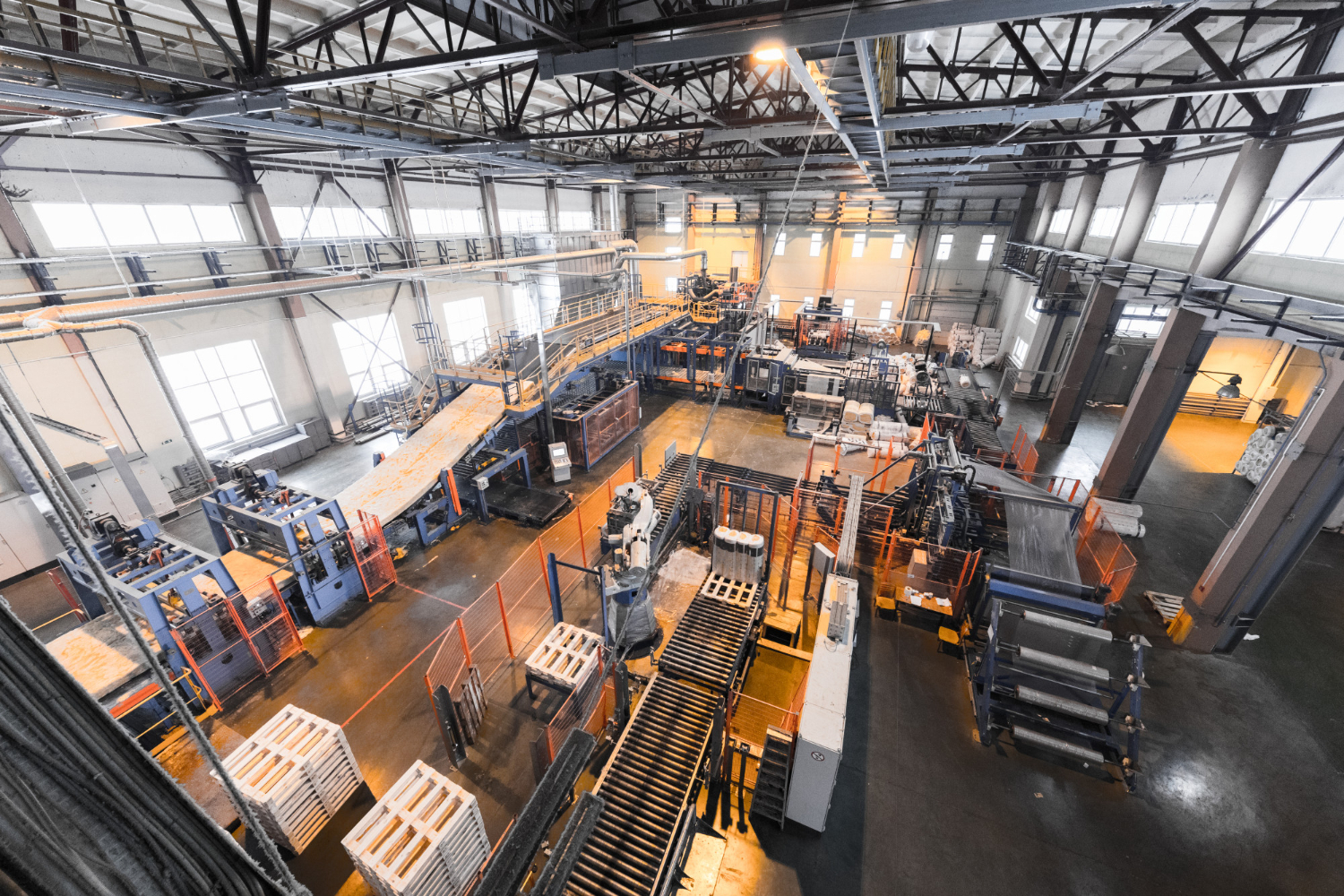The €20 Million Surprise That No One Saw Coming
In 2022, a German Tier-2 metal components manufacturer—well-regarded for its precision output and longstanding contracts with major European OEMs—suffered a painful loss. A €20 million annual supply agreement was pulled out from under them.
The replacement? Not a lower-cost competitor from Eastern Europe. Not a vertically integrated Tier-1 supplier. But a robotics firm.
Yes, an industrial automation partner who had helped the OEM streamline their assembly lines five years earlier was now delivering the very components the fabricator used to make. Faster, smarter, and bundled with production-line compatibility built in.
The manufacturer was blindsided. But it shouldn’t have been. The clues had been accumulating for months, even years—new facility openings, key technical hires, R&D alliances with precision tooling startups. Yet none of these signals had been read in time.
And herein lies the silent shift reshaping modern industrial competition: not all threats announce themselves. Some evolve quietly, behind logos you already trust.
A New Breed of Competitor Is Emerging—And They’re Already Inside Your Factory
The firms that used to sell you automation hardware or plant simulation software are now embedding themselves deeper into the value chain. They’re no longer just enablers of your production—they’re becoming producers themselves.
Armed with capital, data, and strategic foresight, these players are leveraging existing client intimacy to slide into the supply chain. Their evolution isn’t always public. In fact, it’s often carefully staged:
- They start by acquiring niche manufacturing capabilities under quiet NDAs.
- They hire specialists in component engineering and operations execution.
- They shift go-to-market strategies toward bundled “outcome-based” offerings.
- They pilot full-cycle production solutions in collaboration with select OEMs.
What looks like innovation support is often a carefully planned route to becoming the next supplier of record.
Why Most B2B Manufacturers Are Missing the Warning Signs
Traditional competitive tracking models—while useful—are no longer sufficient. Monitoring known rivals’ market share, product specs, or growth rates gives you a partial view. What’s missing is the ability to spot companies that weren’t considered competitors yesterday but could disrupt your client base tomorrow.
For example:
- Does your current intelligence process capture when a robotics firm in your ecosystem opens a precision machining lab?
- Can you flag when an automation vendor begins actively recruiting staff with supply chain operations expertise?
- Would your team notice if one of your long-time equipment partners filed a patent related to the very part you manufacture?
These aren’t just data points—they’re directional signals. When analyzed collectively, they offer a preview of where disruption will come from, and when.
Seeing the Full Picture: From Snapshots to Strategic X-Rays
Forward-looking manufacturers are adjusting their lens in three key ways:
- Broadening the Competitive Field
Rather than focusing solely on direct rivals, leading firms are mapping the entire industrial ecosystem—looking at emerging adjacents: software partners with additive capabilities, automation vendors with component IP, and integrators forming deep partnerships with OEMs.
They factor in:
- Who is hiring in which region and for what roles
- Who’s building new physical capacity near OEM clusters
- Which firms are showing atypical growth in high-margin domains
This approach surfaces “non-obvious threats” before they become front-page competitors.
- Deep Profiling for Strategic Foresight
It’s no longer enough to track basic firmographics or published growth figures. Smart CI teams are investing in richer profiles—understanding how an organization’s leadership, capital allocation, customer relationships, and roadmap align with manufacturing capabilities.
What does a robotics company’s move into predictive analytics mean for its ability to own both production and maintenance contracts?
What can a new partnership between a sensor startup and a Tier-1 tell us about shifting procurement loyalties?
Answering these questions requires more than data—it demands contextual intelligence.
- Real-Time, Theme-Based Monitoring
Winning teams don’t wait for annual market reports. They’re setting up bespoke tracking systems aligned with their specific industry pressures and customer dynamics.
They monitor:
- Expansion into key regions or client verticals
- Regulatory certifications typically obtained by manufacturers
- Behavioral shifts in digital presence and talent acquisition
- Strategic partnerships with firms holding proprietary manufacturing tech
This is continuous, insight-led intelligence—using automation where possible, and domain experts where necessary—to ensure no critical shift goes unnoticed.
Lessons from the Fabricator’s Fall
Had the German manufacturer paid attention to the automation firm’s trajectory, it might have spotted the competitive pivot. Six months before the contract was lost, the automation firm:
- Acquired a precision tooling company in the Czech Republic
- Hired a former OEM procurement lead as its new business head
- Filed a design patent for modular drivetrain components
Each move on its own? Subtle.
Together? A roadmap.
This isn’t about hindsight—it’s about having the right system in place to act in foresight.
Final Thought: The Quiet Rivals Deserve the Loudest Attention
In the modern B2B manufacturing arena, the companies that can disrupt you most aren’t the ones with the loudest marketing or the biggest booths at Hannover Messe. They’re the ones sitting quietly in your supply chain meetings, learning your playbook, and planning their next move.
The choice is yours: wait to be surprised—or start seeing the game one move ahead.






 Hi, This is Emma. Let’s get the conversation started!
Hi, This is Emma. Let’s get the conversation started!